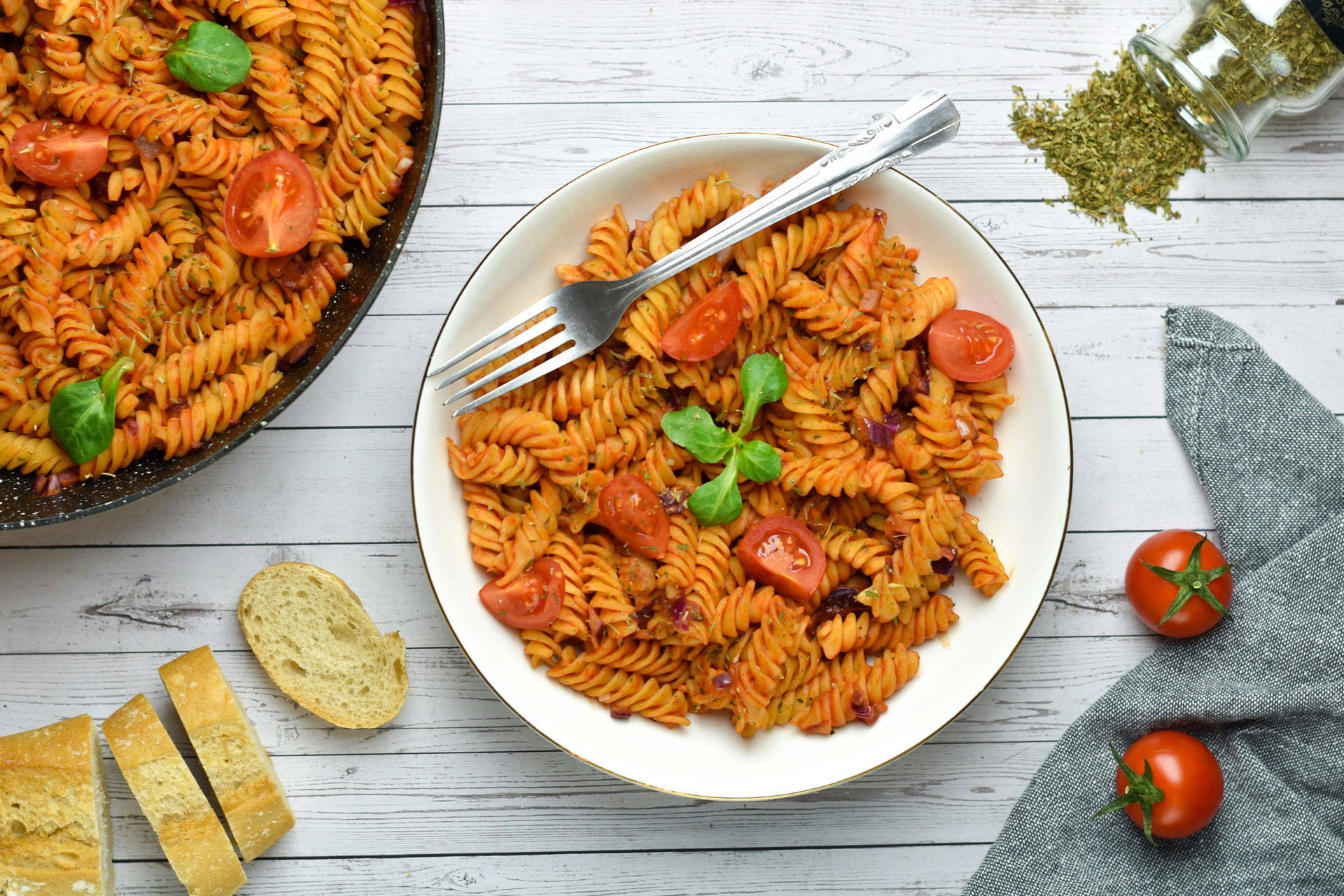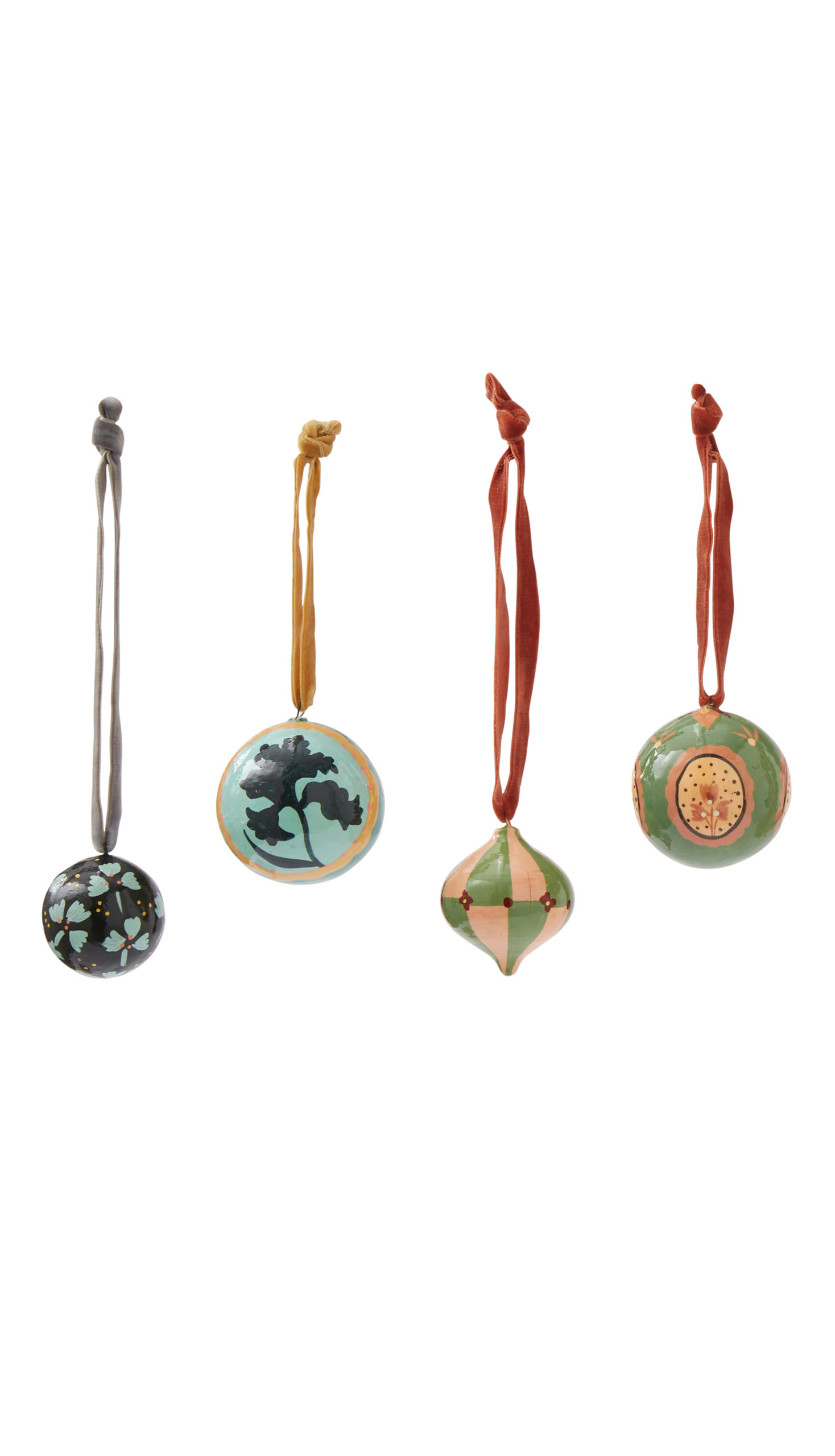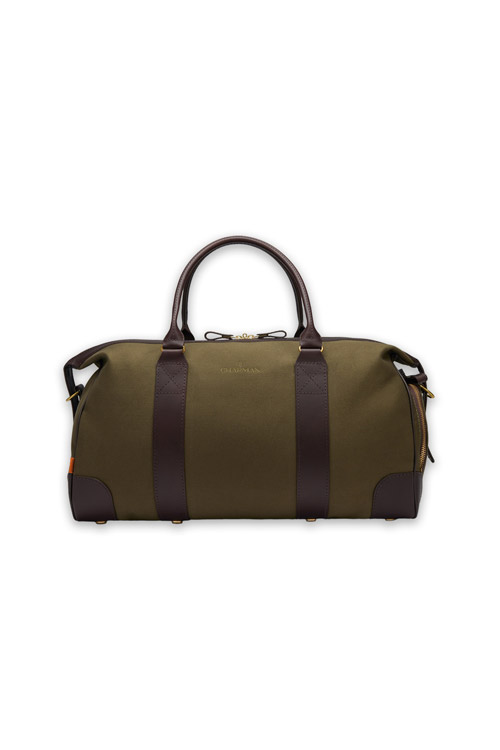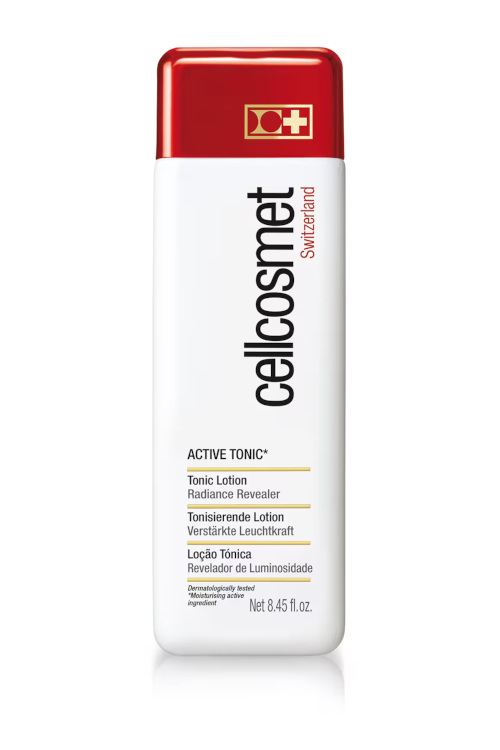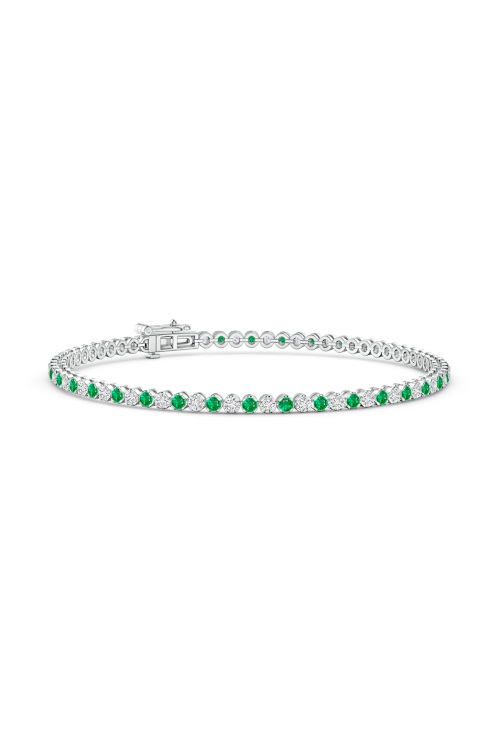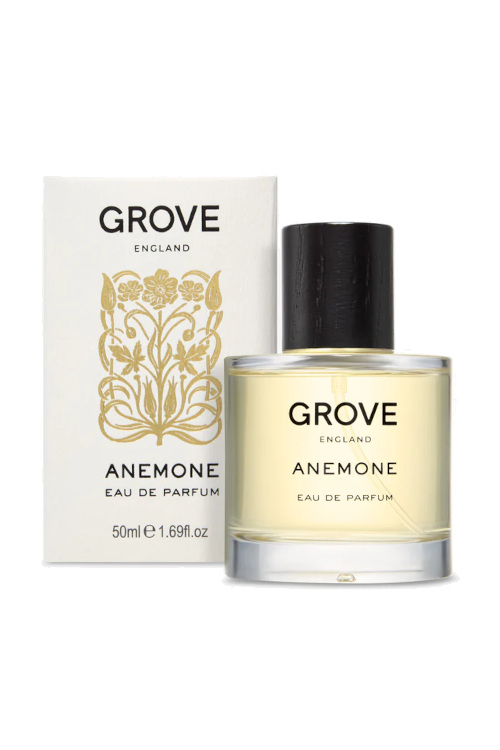How Do The Lionesses Prepare For The Euros?
By
5 months ago
From nutrition to training and recovery, here's how England's top women footballers ensure optimum performance
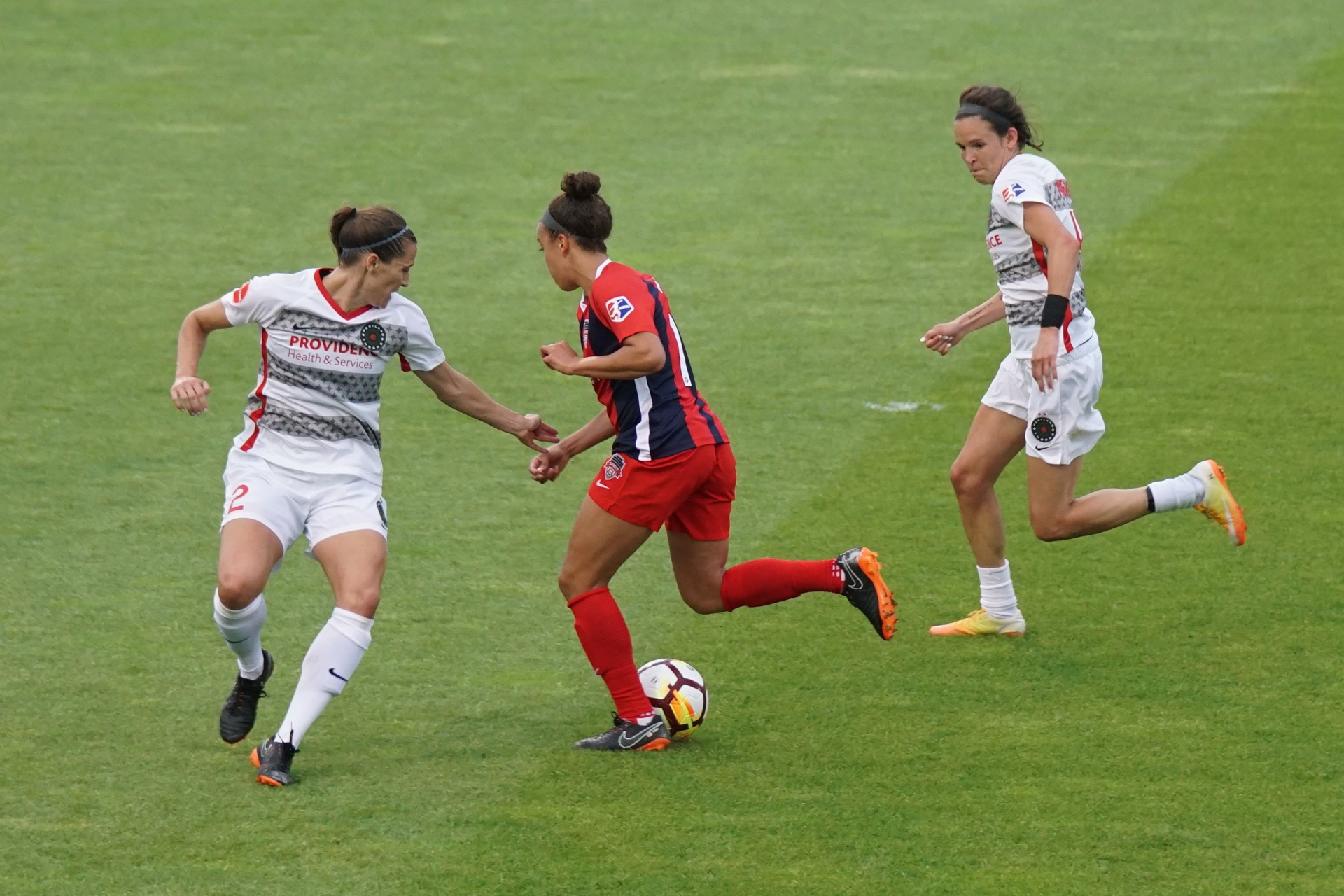
After thrashing Wales in yesterday’s match, England’s women’s football team have made it through to the quarter-finals of the 2025 Euros. So how do the Lionesses stay on top of their game when it comes to big tournaments? From fuelling up on oats and pasta to cycle syncing their workouts and dabbling in cryotherapy, we’ve done some digging to find out the training secrets of the UK’s top women footballers.
Inside The Lionesses’ Health & Fitness Secrets
Pre-Match Nutrition
Naturally, it’s crucial for the Lionesses to be on top of their nutrition game during a tournament. They have a team of chefs and nutritionists to help with this, currently led by head chef Gregory Gadziala, who flies out to cook for the team when they’re playing abroad.
Each player has individual dietary needs, but there are some things recommended across the board. After joining the Lionesses as lead nutritionist in 2017, for instance, Dr James Morehan encouraged the team to eat more during a tournament. ‘We did in-house research looking at the [physical] demands of tournament football at international level versus the most intense club football demands,’ he told the BBC. ‘It’s about a 33-35 percent increase. You might have six or seven games within a short window – there’s no club exposure that mirrors that in women’s football, or in most sports. If players continue fuelling and recovering in the same way they do at club level, then a couple of days into the camp they’ll feel so fatigued.’
Carbohydrates are of course key to keeping the players’ energy levels high. Names including Jill Scott and Lucy Bronze favour pasta, while others swear by a big bowl of porridge before a game.
Protein plays a big part too, helping keep hunger at bay while also supporting muscle recovery. This is particularly important for Chelsea player Lauren James right now, who is back on the pitch following a hamstring injury. ‘I need around 150g of protein a day to help support my muscle growth and recovery. So lots of protein,’ she told Women’s Health. She adopts a food-first approach to getting an adequate intake, supporting this with supplements like creatine.
Cycle Syncing
In recent years, there has been increased research surrounding menstrual health and training, so it’s no surprise this has become more of a focus among football circles too. Dr Ritan Mehta, who has worked as head of women’s medical for the Football Association (FA) for nearly 10 years, told BBC Sport: ‘We started looking at the menstrual cycle about five to six years ago. We want to empower our athletes to understand themselves better. I’ve been really surprised at how open the players are and, as a male doctor in a female environment, I think I was probably more conscious than they were.’

Getty Images
Bronze – a defender playing in the 2025 Euros – said in an interview with Women’s Health that she practises cycle syncing, aligning her training with her menstrual phases. ‘There’s a phase in my menstrual cycle when I’m physically capable of doing more and can train even harder; it’s insane,’ she said.
Bronze isn’t the only one: Brighton & Hove Albion player Nikita Parris highlighted cycling syncing as a key part of her training ahead of the 2022 Women’s Euros. ‘Tracking helped me understand why I felt how I felt, and how to adapt my training to suit that,’ said Parris. ‘We work with an expert who gives us tips on what’s best to eat and drink, and how to train for each phase.’
Although research on cycle syncing is limited, there’s some evidence to suggest it help perform more effectively, as well as prevent injury. One study published in Orthorp J Sports Med, for example, found ACL injury is more common during the ovulatory phase, as high oestrogen increases the hormone relaxin, which loosens ligaments and muscles.
According to BBC Sport, many teams in the Women’s Super League use the FitrWoman app to track their cycles. ‘It’s [about] trying to understand each individual because it’s not one size fits all,’ said Dr Mehta.
Cold Therapy
With the scorching temperatures Europe has seen lately, lots of us are hunting for ways to cool down. And the Lionesses are killing two birds with one stone in that department, turning to both cryotherapy and ice baths as a way to aid recovery and keep their temperatures’ down.
‘If you see now the training pitch, all the things we need to do, the gym, the strategies we have to cool down, we have ice, we have cryo, all the things that help getting prepared for the tournament so it’s not just one thing,’ said manager Sarina Wiegman when asked how the team were coping with training in the heat.
Cryotherapy involves immersing your body in freezing temperatures for a few minutes, usually within a controlled chamber. It offers a plethora of health benefits, and is particularly useful for athletes as it helps reduce exercise-induced inflammation and relieves muscular pain. Ice baths offer similar benefits, boosting circulation, easing aches and helping lower stress levels.
Fitness
Speaking ahead of the World Cup in 2023, former England player Katie Zelem gave some insight into what training looks like ahead of a tournament. ‘We go into the gym before and after every two-hour training session,’ she explained. ‘Then, we’ll do a warm-up, boxes, and possession on the pitch, which is all about keeping the ball.’
All the Lionesses’ fitness regimes differ based on their positions and any injuries that have been sustained. For a midfielder like Grace Clinton, for instance, matches involve lots of running – they could rack up 10 or 11k in just one match – so this will be factored into their training routine.
Last year, YouTuber Eleanor, known as Elz the Witch, set herself the task of training like an England player for 24 hours. She met with Ruth Waghorn, the England team’s performance strength and conditioning coach, learning that every session begins with mobility exercises like hip openers and lunges. The players also practise a method called eccentric training, which helps with dynamic movement and changing direction quickly, as well as speed movements like sprinting and walking high knees.




